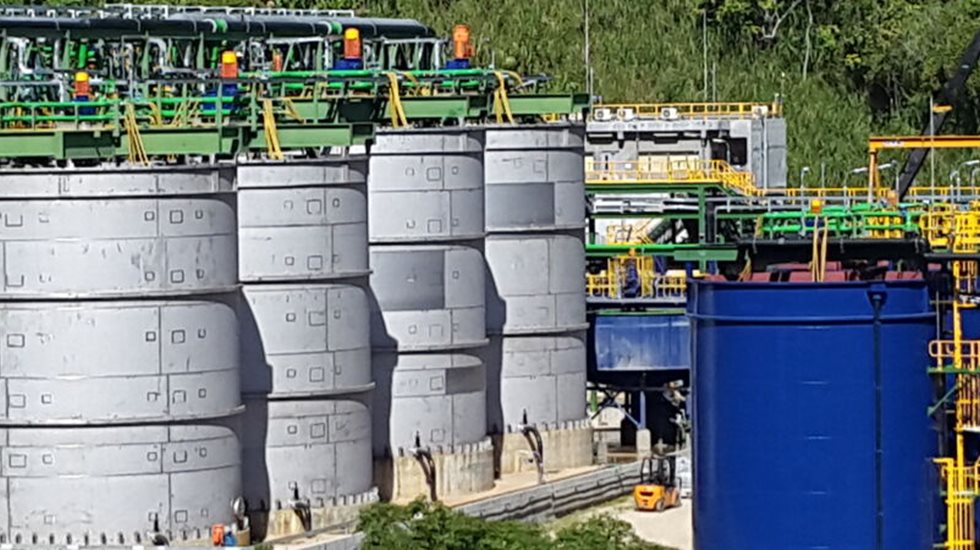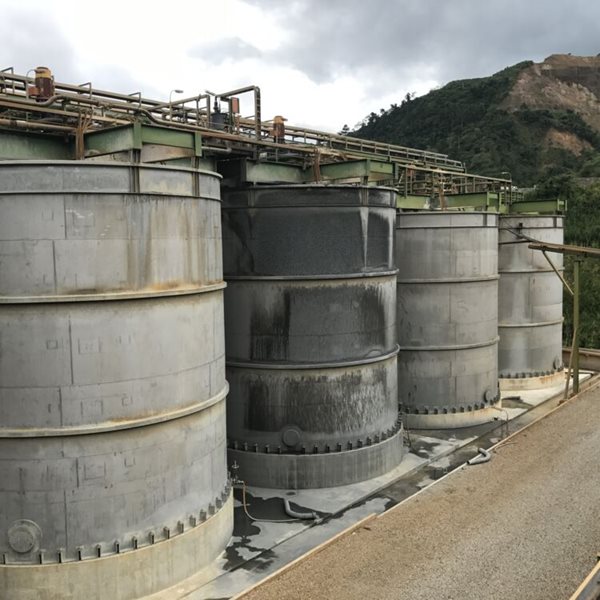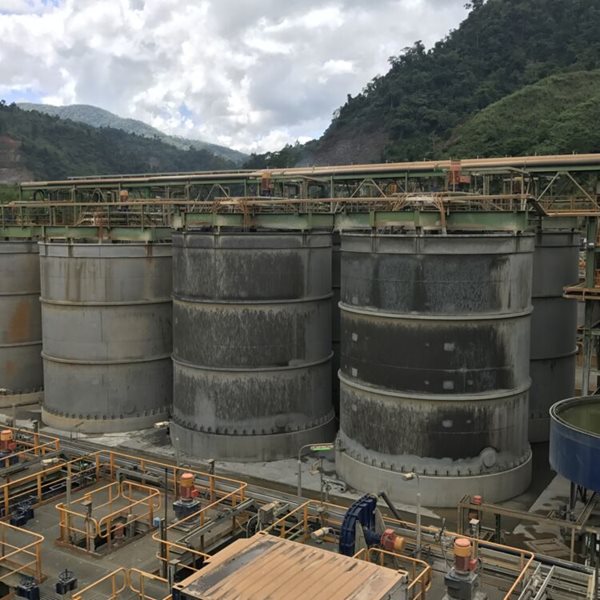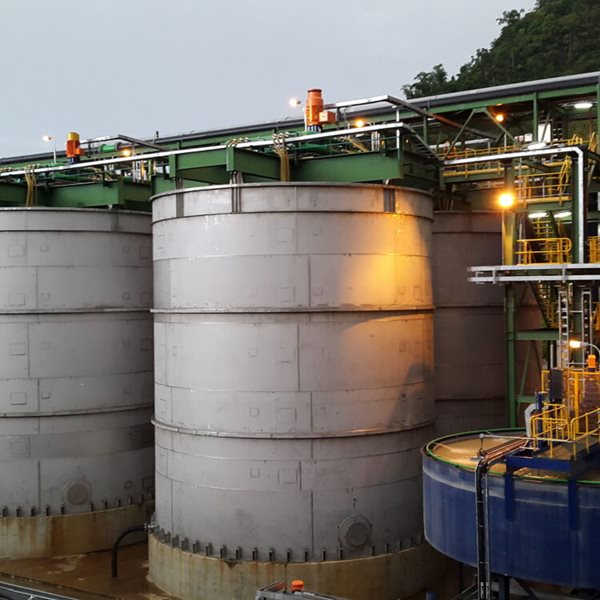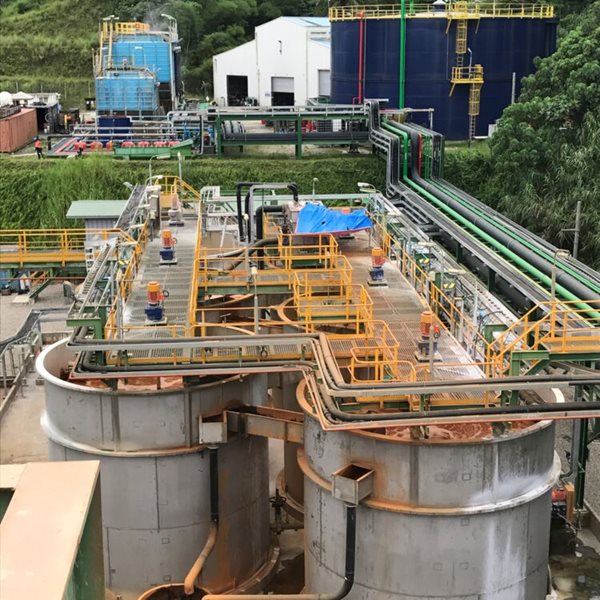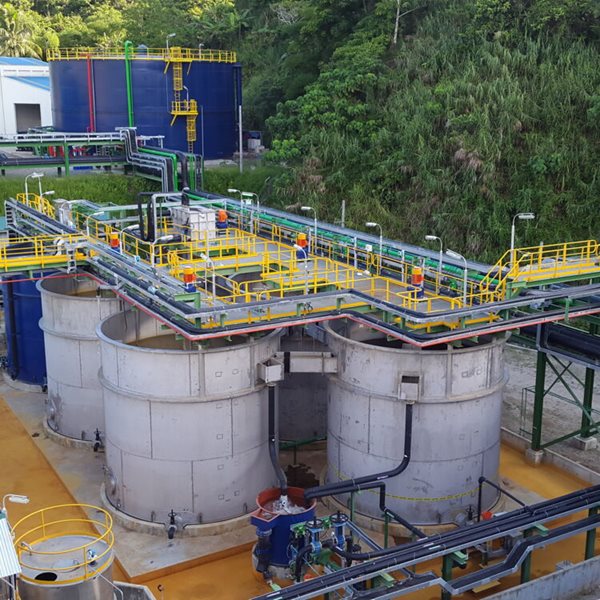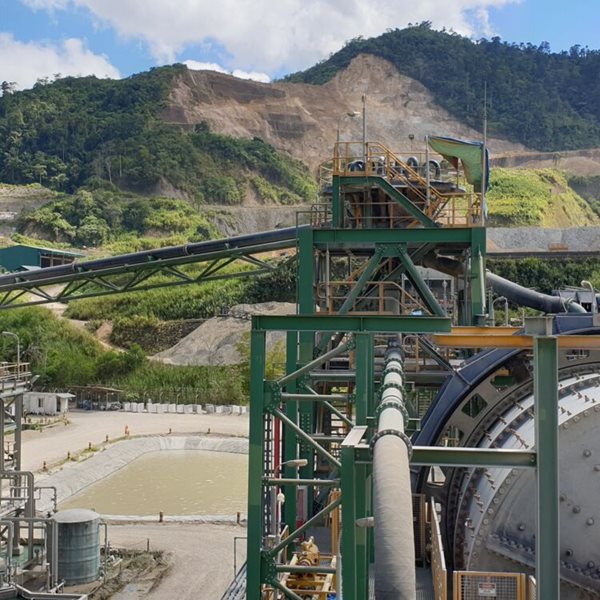The process has been in commercial operation for 30 years. The BIOX® process can operate over a wide range of feedstock characteristics, can be customized to fit specific project requirements and is especially suitable to remote locations.
BIOX® plant design offers a low capital cost solution, reliable process performance and the application of robust, energy-efficient equipment. Value-adding features are the HiTeCC and ASTER™ enabling technologies and a full range of service offering and knowledge transfer.
About the customer
FCF Minerals Corporation (FCF), a wholly-owned subsidiary of Metals Exploration Plc (Metals Exploration), is a Philippine-based resources company and the owner of the Runruno gold project.
The work done by FCF Minerals Corporation at the Runruno Gold-Molybdenum Project has attracted a series of awards and recognition both internationally and nationally.
INTERNATIONAL AWARDS
- Mining Journal Outstanding Achievement Award
- Best Community Development Initiative Award (Asia Mining Congress – Singapore)
NATIONAL AWARDS
- Presidential Mineral Industry Environmental Award (PMIEA)
- Safest Mines Award - Exploration Category
- Mining Forest Award
- Platinum Award
- The Kabalikat Award
About the project
The Runruno Gold Project is located on the island of Luzon, approximately 200 miles north of Manilla in the Philippines, in the mineral-rich province of Nueva Viscaya. The area has been known to contain gold and other precious metals since the early 1960s and has enjoyed a varied exploration history.
One of the key objectives for FCF Minerals was to optimize the Capex and opex efficiency of the Runruno project. This was achieved by leveraging new technologies, critically reviewing all design aspects and making use of local contractors as far as possible. High regard for the environment and the local people is paramount for FCF and was another key reason why the BIOX technology was chosen for the Runruno project.
The mine is an open cut operation and uses the proven BIOX® process for the pretreatment of refractory concentrate ahead of a conventional carbon-in-leach (CIL) processes to recover gold and the ASTER™ process for the detoxification of the CIL residue prior to discharge to the Residue Storage Impoundment (RSI).
Construction of the Runruno gold project commenced during 2011 with commercial production achieved in November 2016 on the BIOX® section of the plant. The Runruno project was also the first implementation of the Generation III BIOX® design principles with the focus on delivering an improved process robustness and ease of operation.
Work to date has defined a mineral resource of 1.39 million ounces (Moz) of gold, and the operation will produce 96 700 oz of gold per annum over a mine life of 10.4 years. The BIOX® circuit is designed to treat 140 000 t/y of concentrate with a design capacity of 404 t/d of concentrate at a design sulfide sulfur grade of 17% S2-.
